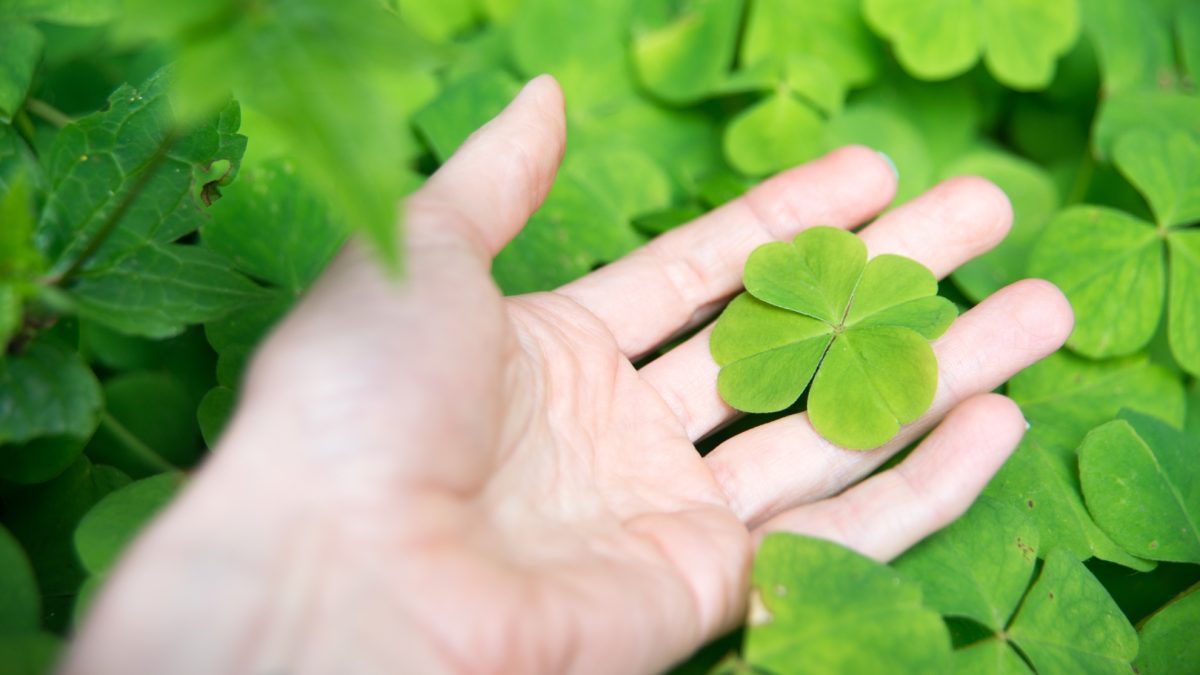We all know flowers are the most common gift for Valentine’s Day. Giving someone a bouquet of flowers shows you took time from your day to think about a loved one and to give her or him a token of affection, but did you know the flowers you selected could actually hold meaning on their own? Read on to see what underlying significance there is to each type of flower. You could take a few moments of your time to write a letter letting the special person in your life know what each flower represents and why it reminded you of them, or maybe know that there are certain flowers that you should shy away from should that message not be the one you intend.
Roses: Roses are the most commonly gifted flower–the flower of love, passion, beauty, and admiration. The story behind roses is that Aphrodite, the goddess of love, cut her feet on the rose thorns trying to rush to her lover, Adonis. Another story associated with roses is that of Persephone, the goddess of spring, when she was kidnapped by Hades. In the Underworld, where Hades lived, Persephone only felt despair and longing for home. They would walk through rose bushes to ease her sadness. Hecate, the goddess of sorcery and spirits, then guided her home, thus the rose represents the joy Persephone felt at the moments she was in her garden far from her mother and home.
Irises: In Greek mythology, Irises are symbolic of the goddess Iris, the goddess of the rainbow. She would help guide womens’ souls from earth to heaven by the rainbow, but only if they had irises planted on their graves. Irises symbolize wisdom, courage, and trust.
Baby’s breath: Similar to all white flowers, baby breaths also represent innocence, purity, new beginnings, and hope. Baby breaths are often found in wedding and baby shower bouquets. Fun fact, this plant is commonly known as Gypsophila meaning “lover of chalk” in Greek. Its name is derived from the soil in which it blooms, which is high in calcium. It is also commonly used as an herbal medicine, making it related to healing as well.
Dahlias: The national flower of Mexico, dahlias were discovered by Spanish settlers when they came to the Aztec lands in America. This beautiful flower symbolizes commitment, inner strength, and elegance, making it a beautiful addition to your bouquet this Valentine’s Day.
Snapdragons: Symbolic of strength, deception, and defiance, snapdragons are a deeply meaningful flower. There is no prominent story that follows this lively plant, however, it has been said Snapdragons can break curses, and in Germany, the flower is placed on a baby’s crib to keep the child safe from evil spirits.
Hydrangeas: Hydrangeas are the flower of gratitude, abundance, heartfelt emotions, and apologies. Hydrangeas are most famously associated with a Japanese emperor who neglected his significant other. The Japanese emperor sent flowers, specifically hydrangeas, as an apology to the family of the girl whom he loved, because of how poorly he had been treating her. After he sent the hydrangeas, he spent his time correcting his actions and showing he truly cared for her. This flower is the perfect flower to show your sincere feelings for someone.
Lavender: Lavender is used for calming stress, herbal teas, medicines, perfumes, helping calm individuals with depression, and its soothing smell is also said to help with insomnia. Lavender is seen as the flower of grace, serenity, and devotion.
Tulips: Tulips originated in the mountains of Kazakhstan, which at the time, the Ottomans had found. They were so impressed by the tulips’ beauty that they planted them all over Constantinople (now known as Istanbul) to make the most beautiful city. Tulips symbolize deep love, appreciation, and rebirth.
Forget-me-nots: One story associated with this tiny flower is of medieval times. One day, a knight was picking flowers for his loved one and sank in a river due to his heavy armor. While he was drowning, he managed to throw the flowers to the person he loved. This meaningful flower symbolizes sincere feelings, memories, and true love.
Chrysanthemums: The story of the chrysanthemum follows the story of a Japanese tale. Once there was a poor family with a single son who fell ill; the parents tried every kind of medicine and potion, but all failed to benefit the boy’s health. Word spread around the village of a very old wise man. The mother went looking for the wise man’s cabin. When she found him, he greeted her as she told him the story. The old man responded he couldn’t heal her son, he could only tell her how many days her son had left. He told her to go into the woods and look for a chrysanthemum and the amount of petals it had would be the number of days her son remained. When she found the flower she was saddened to see only four petals. She split the petals in half so many times that she couldn’t count how many petals she had created. The old man smiled and reassured her that her son would live a long and healthy life. The flower represents femininity, well-being, inner-self, and friendship.
Carnations: Once again, carnations happen to be another flower that isn’t directly connected to a specific story. However, carnations only grow between late spring to summer and do not bloom every year, they only last for one to two years. They are also the official birth flower of January. Carnations are the flower of devotion, fascination, and love.
Peonies: Peonies have many stories with which they are associated. One is of Chinese Empress Wu, who wrote a poem to the goddess of flowers asking for winter to leave and for flowers to bloom. In return, flowers began to grow in mid-winter. Out of all the beautiful flowers that had bloomed, the empress was dissatisfied with one particular flower that had yet to sprout. She then tossed it away in Luoyang, where the peony flower bloomed and revealed its hidden beauty. This elegant flower symbolizes honor, luck, love, and joy.
Lilies: In Greek Mythology, it is believed Hera, the goddess of heaven and marriage, created the Milky Way and because of her, a field of lilies bloomed on Earth. Lilies often signify love, purity, sympathy, and grief.
Orchids: Orchids hold a variety of meanings. In Japan, samurais would grow orchids, specifically Neofinetia Falcata, in their gardens to symbolize their bravery. Orchids most commonly represent purity, charm, beauty, and fertility.








